Fighting Secondary Infertility With IVF: Fulfilling A Dream Of Having A Child
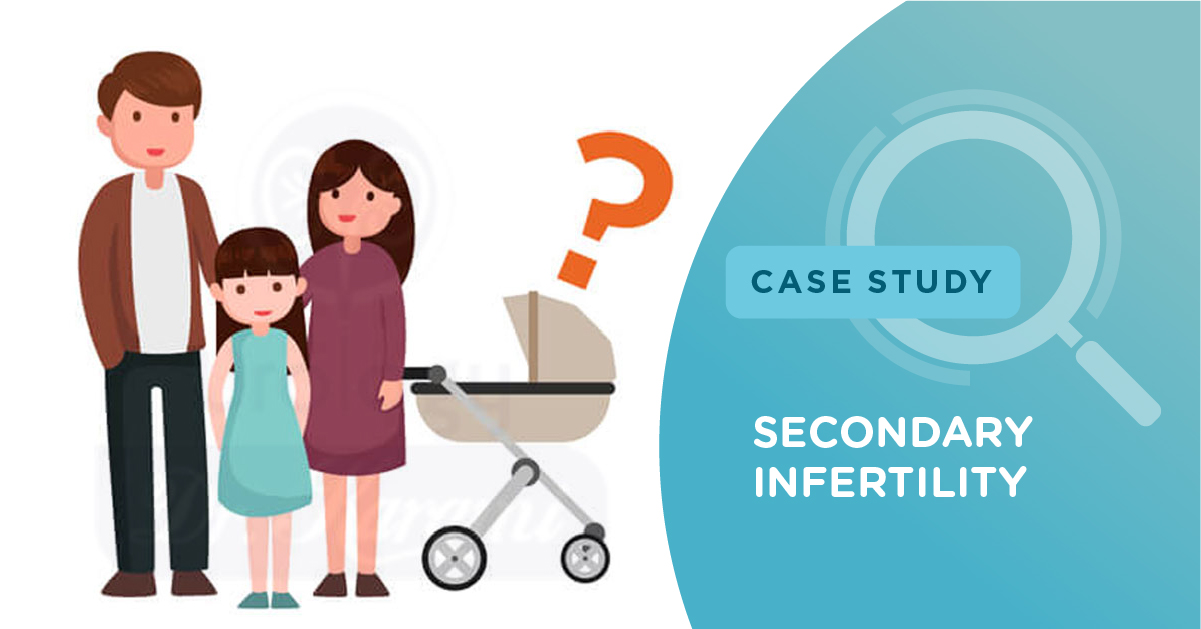
A couple was happily married for several years and started planning a child. They wanted a child, but they had a case of Secondary Infertility. It is a case when you're unable to get pregnant or carry a pregnancy to term after previously giving birth. So, as they were yearning for a child, they decided to visit a fertility specialist to understand the real cause of their infertility.
The couple had a few basic lab and clinical fertility tests. They were referred to Dr Nivedita Mishra, a fertility specialist, at Nova IVF, Ranchi. We at Nova IVF (In-Vitro Fertilisation) centre helped them fulfil their dream of having a child and living a happy family life.
History of the couple
The female partner reported that she had left tubal blockage (a case in which the fallopian tube is blocked, the passage for sperm to get to the eggs, and the part back to the uterus for the zygote is blocked).
She was advised to undergo laparoscopy (a minimally invasive surgical procedure that is done with the help of an instrument called a laparoscope, inserted through the pelvic region to examine reproductive organs and the pelvic cavity) but this proved to be unfruitful in 2 years.
Moreover, the couple had a history of 1 failed SELF-IUI cycle (intrauterine insemination in which a couple's own male gamete is injected directly into the uterus and is to be done just after ovulation) and 2 failed cases of self-IVF cycle (In Vitro Fertilisation in which couples own gametes are used to aid pregnancy).
Evaluation and Investigation
After numerous failures, they made an appointment with Dr. Nivedita Mishra, a fertility consultant at Nova IVF, Ranchi. After essential assessment and diagnosis, Dr. Nivedita recommended AMH (Anti-Mullerian Hormone) level test for the female partner and semen analysis for the male partner.
Diagnosis
All the clinical examinations were done and the AMH level of the female partner was found to be 4.28. The male partner was diagnosed with Teratozoospermia.
Teratozoospermia
It is a condition characterised by the presence of sperm with abnormal morphology that affects fertility in males. It is either caused by defects in the head, midpiece, or tail of sperm. Due to abnormal morphology, sperms are unable to get to the egg and fertilise it. Causes of teratozoospermia can be genetic traits, a bacterial infection in sperm, testicular trauma, fever, diabetes mellitus, use of tobacco, alcohol, drugs, and an unbalanced diet. It is curable in some cases.
Counselling and Management
At Nova infertility center, looking at the ovarian reserve the couples were offered to go self-cycle IVF.
Self-cycle IVF
When a couple's own gametes are used and this is called a self-cycle IVF. This is usually recommended because the child produced as a result of the self-cycle IVF will inherit the DNA of its biological parents. However, self-cycle IVF is not suitable if the female partner is older, say in her 40s because the quality of the egg deteriorates with age. This is also unsuitable if the male partner has poor or no sperm count in his semen.
The female partner's stimulation has been started on DAY 2 of the period by injecting follicle-stimulating hormone (stimulates the follicles in ovaries to produce more mature eggs than the eggs matured in the previous normal cycle). Ultrasounds and whiled tests were performed regularly. while the male partners' sperm selection was done through PICSI (physiological intracytoplasmic sperm injection).
Physiological Intracytoplasmic Sperm Injection
Physiological intracytoplasmic sperm injection (PICSI) is a technique used to select sperm to use in intracytoplasmic sperm injection (ICSI) treatment. In this sperm is placed with hyaluronic acid (HA), which is a natural compound found in the human body. Physiological intracytoplasmic sperm injection identifies sperm that can bind to hyaluronic acid and these sperm are selected and are further used for treatment.
Physiological intracytoplasmic sperm injection is a non-invasive test performed on a semen sample that does not carry any risk for the person undergoing fertility treatment.
Care and Environment
NOVA provides a favourable environment to patients for their evaluation, diagnosis, and treatment. We also provide the best kind of lab facility for our patients.
Embryo Transfer
It is the procedure performed to place the embryo in the uterus. It is an easy yet crucial procedure in the IVF technique. It is the final stage of the IVF life cycle followed by gamete fertilisation itself in the laboratory.
Regular checks on the development of the endometrium are done until it shows an appropriate thickness. Endometrium was maintained by Follicle stimulating hormone (FSH). Once the optimum thickness is achieved the embryo transfer was done.
A blood test was performed 10 to 15 days after the embryo transfer to confirm her pregnancy and fortunately, reports came out to be positive. Moreover, the best quality embryo i.e., BLASTOCYST GRADE XBAA was formed.
Her antenatal period went smoothly without any complications. After months of struggle, the couple welcomed twin healthy children by caesarean section.
Although there were many problems with the couple, they didn't lose hope and at last, they embraced parenthood through proper guidance and persistent efforts of Dr. Nivedita Mishra.
Never lose hope, there is always a light at the end of the tunnel.
 Infertility Counselling
Infertility Counselling Female Infertility Treatment
Female Infertility Treatment Andrology Treatment
Andrology Treatment Fertility Enhancing Surgeries - Female
Fertility Enhancing Surgeries - Female Fertility Enhancing Surgeries - Male
Fertility Enhancing Surgeries - Male Endoscopy Treatment
Endoscopy Treatment IUI Treatment
IUI Treatment IVF Treatment
IVF Treatment ICSI Treatment
ICSI Treatment Advanced IVF Solutions
Advanced IVF Solutions Embryology
Embryology Vitrification Egg, Embryo, Sperm Freezing
Vitrification Egg, Embryo, Sperm Freezing Preimplantation Genetic Testing (PGT)
Preimplantation Genetic Testing (PGT) Donation Program Embryo / Egg / Sperm
Donation Program Embryo / Egg / Sperm Self-cycleTM IVF
Self-cycleTM IVF

 Self-cycleTM IVF
Self-cycleTM IVF


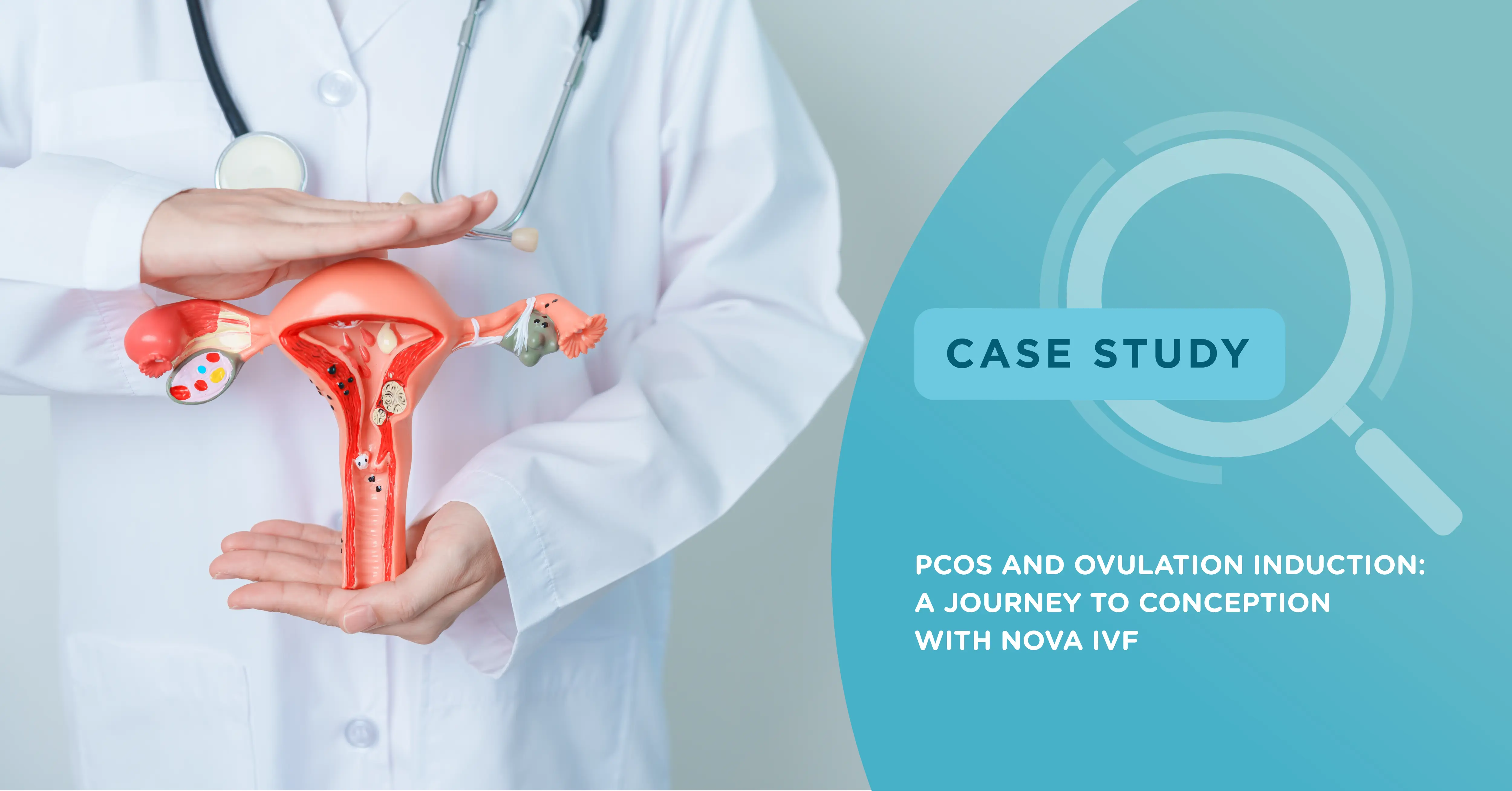
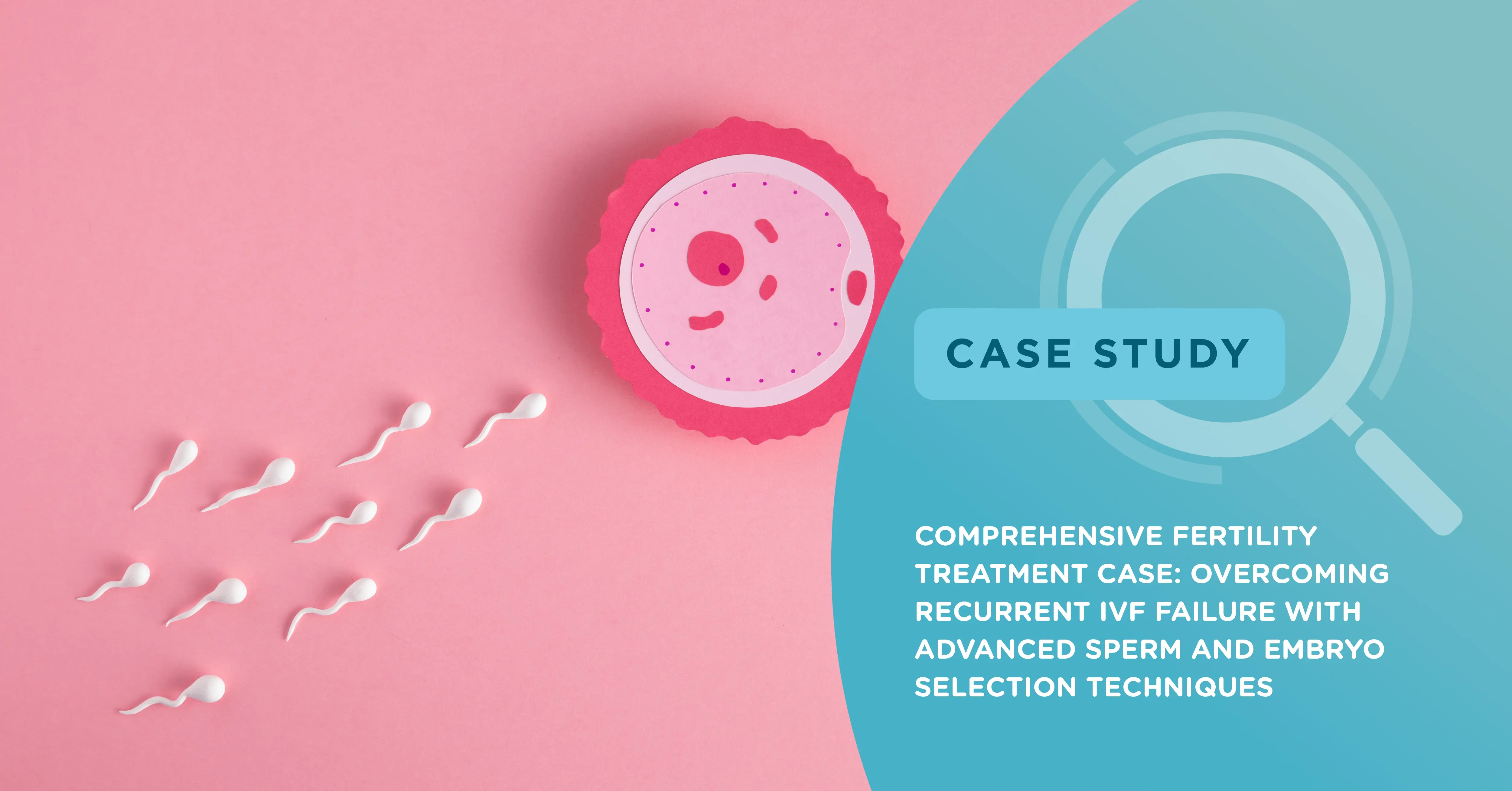
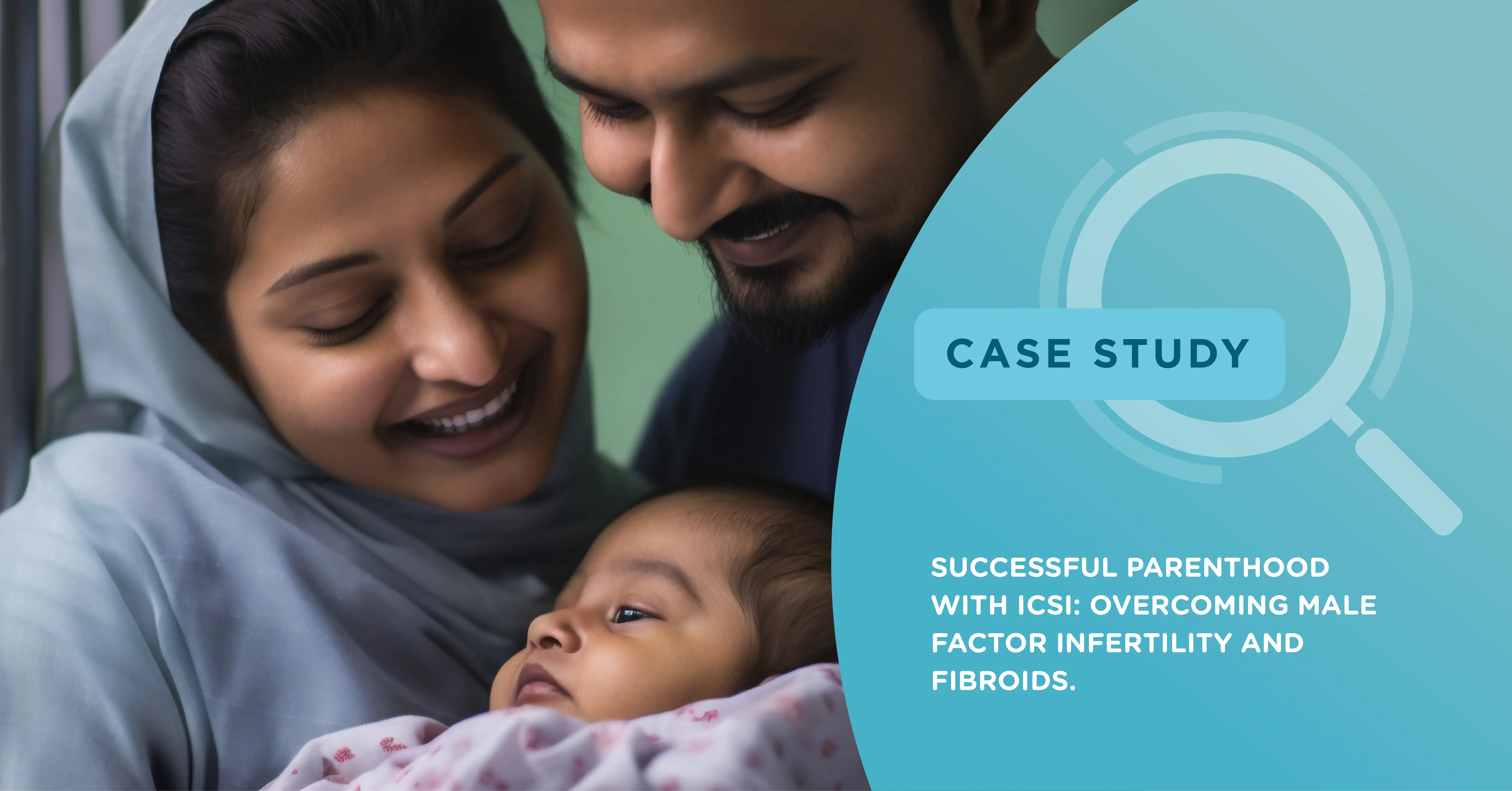
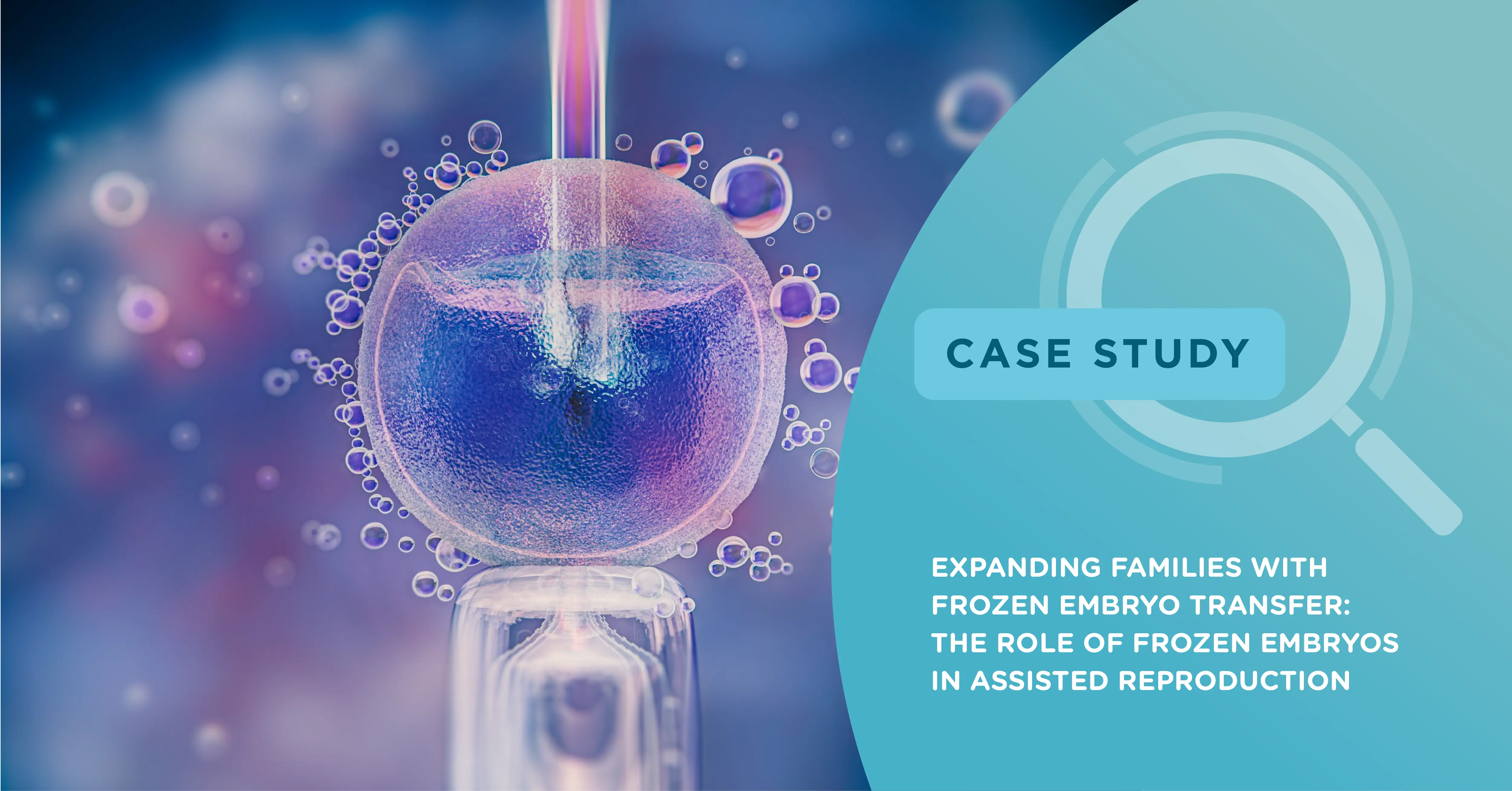

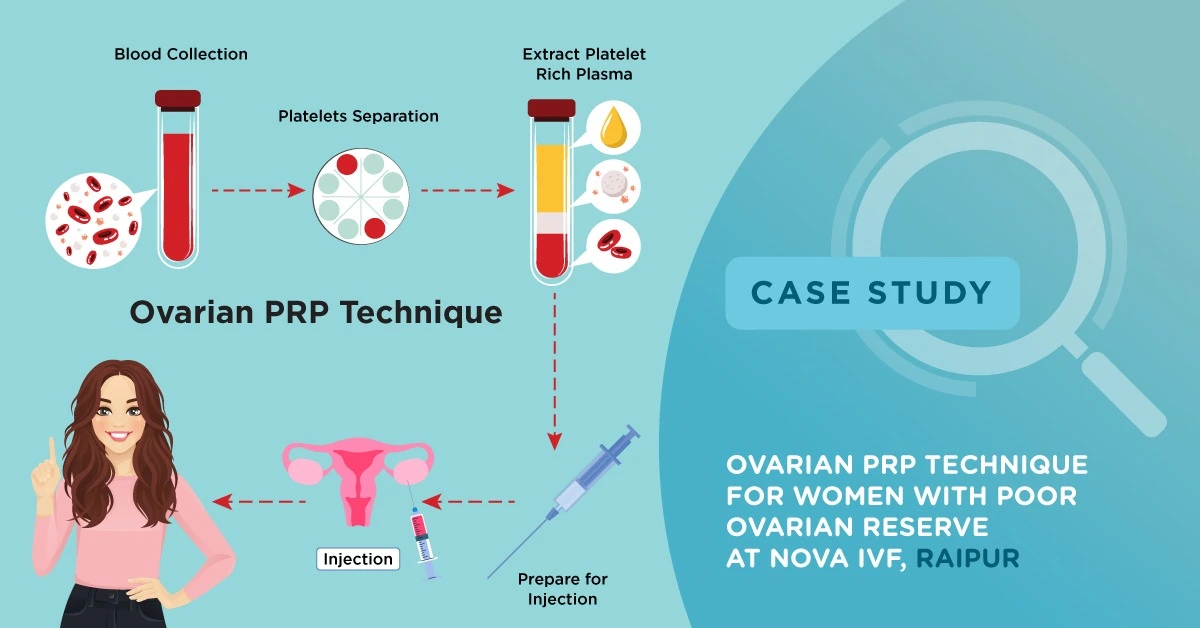

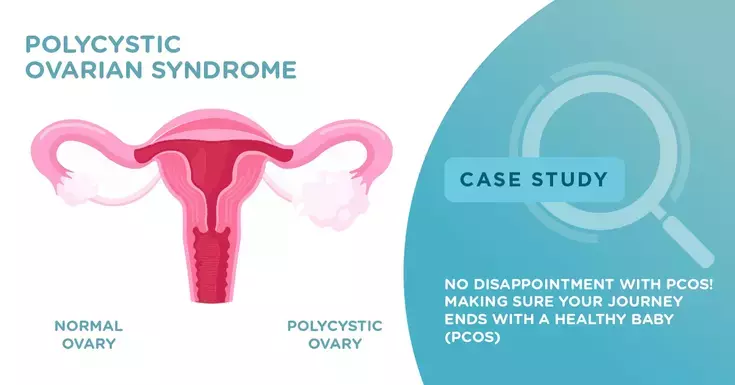






Add new comment